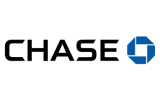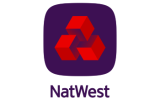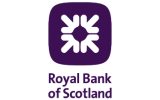Current Account Rewards
Earn cashback & other perks through your current a/c
Reward Current Account Offers
What if there are any problems?
And the switching service is covered by a guarantee: the new bank must refund you if there are any charges because payments didn’t go through on time. But you have to ask them for this.
Can I keep my old current account open when I switch?
What about transferring “recurring payments”?
Because they’re linked to a card rather than directly to your bank account, they’re not included in the switching service (or covered by the guarantee).
It’s not always clear which are your continuous payment authorities: you won’t find them listed on your online banking portal. When you set them up you were asked for you card details (“please read me the long card number”) rather than your bank account and sort code numbers.
You’ll need to check your monthly card statements: any regular payments going out each month that are not marked as DD (direct debit) or SO (standing order) are likely to be continuous payment authorities.
If you want to keep paying for this service (or loan) in this way, you’ll need to contact each provider and tell them your new card details as soon as you have them.
This may sound like a lot of bother, but it is useful to check periodically what’s going out of your account regularly: there may be services you’re not using (such as fast delivery, or additional online data storage) that you want to cancel.
What about the individuals who have my bank account details, for sending occasional payments?
It’s probably not a good idea to just email all your Contacts with your new account details. If you’re concerned about email security, the most secure way of sending bank account details to specific people is via WhatsApp.
And if any payments are accidentally made to your old account, for 36 months (three years) after you’ve switched, your new bank or building society will arrange for any payments to be automatically redirected to your new account. They will also contact the sender and give them your new account details.
When should I choose to make the transfer?
If all your regular payments tend to go out of your account around the same time it’s best to choose a time of the month when your bank account isn’t so busy.





